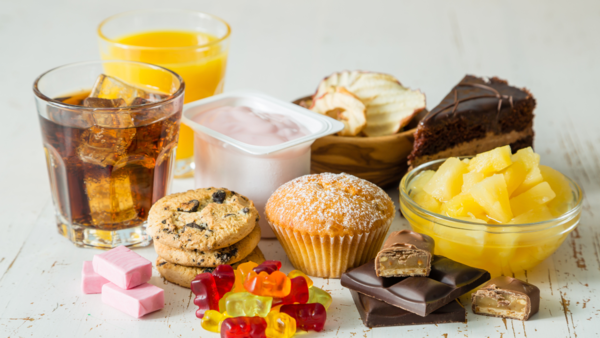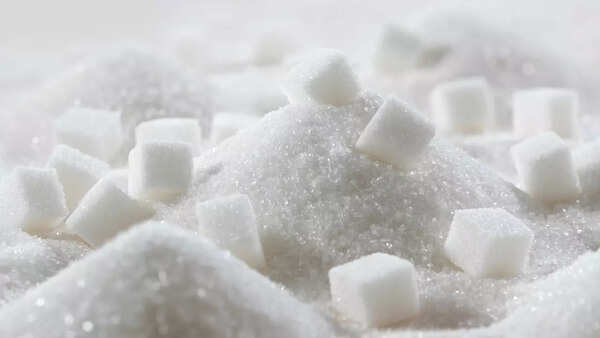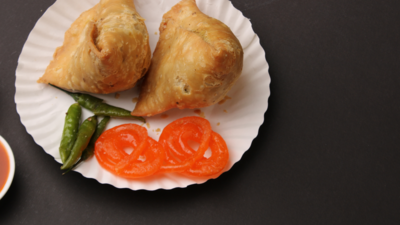A crispy samosa. A fizzy drink. A chocolate pastry after lunch. These may seem like harmless to consume, even occasionally. But what if these items come tagged with hidden risks, risks that could quietly damage health, day by day?The Indian government has launched a bold step inspired by the Prime Minister’s “Fit India” mission, which is to introduce Sugar and Oil Boards across public spaces. These visual tools aren’t just posters, they’re messengers, bringing attention to the sugars and fats that sneak into daily meals. With rising obesity, heart disease, and diabetes numbers, it’s time to stop and look. What seems like comfort food may actually be fueling a national health crisis.
The reality behind the posters: What sugar and oil boards actually say
The new Sugar and Oil Boards don’t rely on generic warnings. They lay out specific, relatable, and shocking facts. For example, that soft drink on the desk? It might carry 7 to 8 teaspoons of sugar. The innocent-looking banana chips could be swimming in oil.These boards recommend:
- Fat intake: 27–30 grams/day
- Sugar intake: Not more than 25g/day for adults, 20g/day for children
These are not just random numbers, they’re based on scientific findings from the Indian Council of Medical Research-National Institute of Nutrition (ICMR-NIN).

Why these boards matter more than we think
There’s a quiet war being fought against lifestyle diseases. Obesity, once dismissed as a personal issue, now has national consequences. According to The Lancet, India could see 44.9 crore obese or overweight people by 2050.These aren’t just numbers. They translate into:
- Spiking diabetes cases
- Heart conditions at younger ages
- Early onset of hypertension
- Reduced productivity
- Rising healthcare costs
The new boards, therefore, serve a powerful purpose: they act as behavioural nudges, guiding food choices without bans or enforcement. Just like anti-smoking labels changed public perception, these boards may redefine food culture.

The sugar trap: More than just a sweet tooth
Sweet isn’t always harmless. Excessive sugar has been linked with:
- Type 2 diabetes
- Fatty liver disease
- Increased belly fat
- Mood fluctuations
- Even cognitive decline
But here’s the catch: most of the sugar consumed is hidden. It’s in ketchup, fruit juices, breakfast cereals, and so-called healthy granola bars.By displaying sugar content in everyday foods, these boards peel off the marketing layer and reveal the bitter truth beneath the sweet.

The oil overload
From street-side pakoras to fancy burgers, oil makes food taste good, but in excess, it weighs down health. The danger isn’t just in how much is added, but what kind is used.Hydrogenated oils and trans fats are commonly found in:
- Bakery items
- Fried snacks
- Instant foods
They contribute to:
- Artery clogging
- High cholesterol
- Weight gain
- Chronic fatigue
Dr Sunil Gupta told TOI, “Sugar and trans fats are the new tobacco.” The comparison may sound dramatic, but the consequences aren’t.
Small moves with big impact
Some ministries have already adopted the message. Healthy replacements like:Sattu drinksMillet snacksGreen teaCoconut waterare replacing sugary teas and fried bites in canteens.[Disclaimer: This article is intended for informational purposes only and reflects findings and updates from health authorities, including ICMR, FSSAI, and MoHFW. It is not a substitute for professional medical advice, diagnosis, or treatment.]
